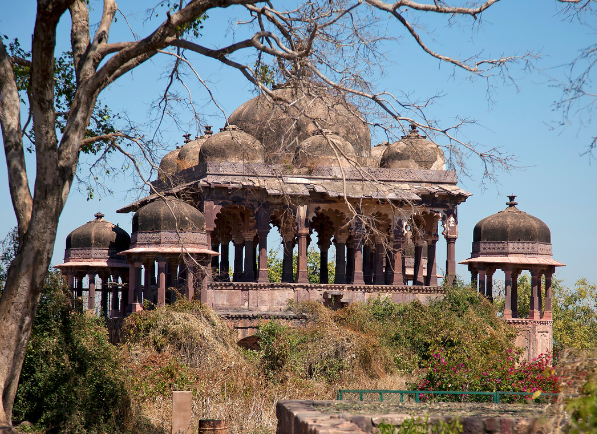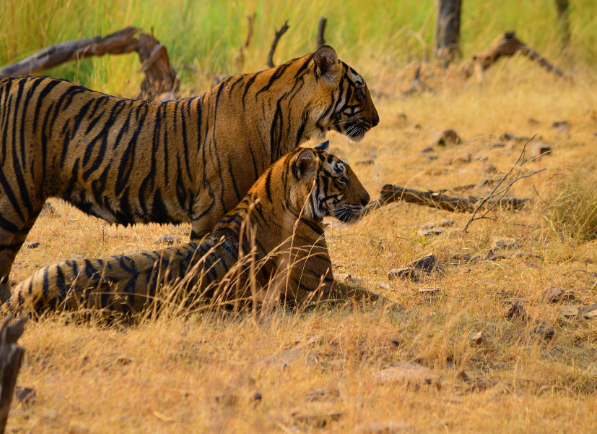

Ranthambore, situated in Rajasthan's Sawai Madhopur district, is one of the most well-known wildlife spots in India, fame which primarily stems from the Ranthambore National Park, an erstwhile royal hunting preserve converted into a tiger reserve. Against the backdrop of the Aravalli and Vindhya Hills, the destination combines edge-of-the-seat safaris, immense biodiversity, and history-infused architecture to create a perfect mix appealing to nature enthusiasts, photographers, and those with an adventure streak.
Ranthambore is culturally connected to Rajasthani village life and tribal art. Hand-painted tiger art, Dastkar Ranthambore (a local women's craft project), and tribal folktales are famous in the area. The villages surrounding the park provide a glimpse of traditional life, with folk dances, camel rickshaws, and mud houses adorned with decorative artwork.
Food is basic but tasty, echoing Rajasthani food habits:
Ranthambore is a dry subtropical climate with clear-cut seasonal differences:
Ranthambore presents an exhilarating mix of nature, heritage, and spirituality. Whether you're following the track of a tiger on a morning safari, visiting the ancient Ranthambore Fort, or indulging in Rajasthan's rural warmth, this destination guarantees an unforgettable experience with India's natural and historical wealth. A must-visit for wildlife and heritage travel alike.





